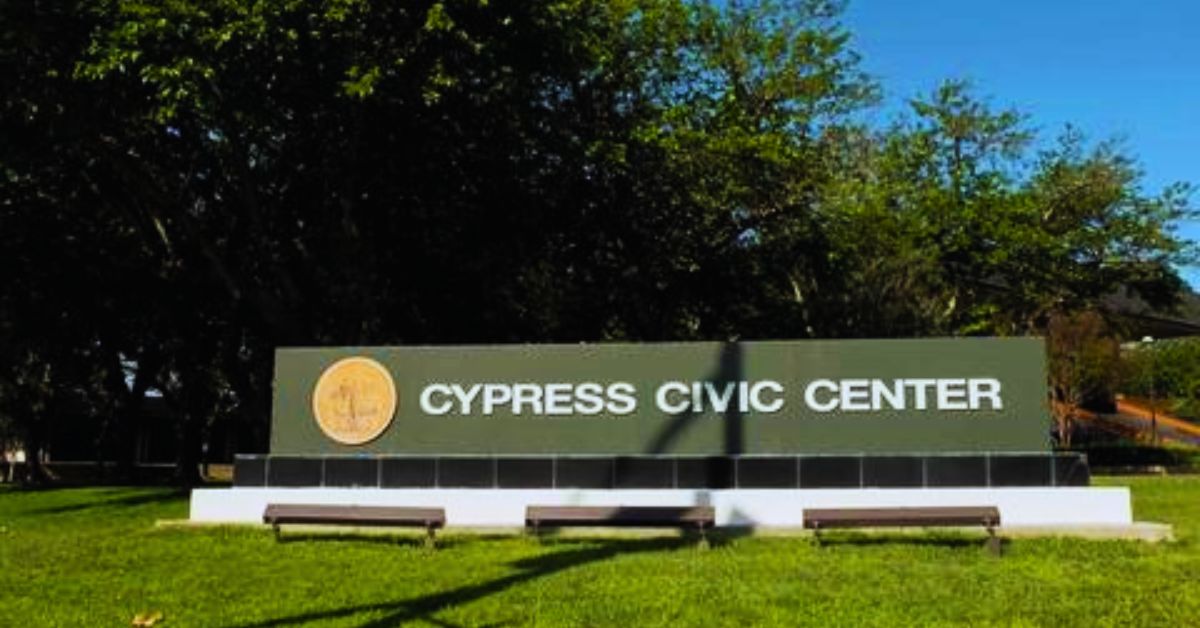Cities around Orange County are still debating how to implement dr*g rehab facilities, as many locals voice worries about community safety whenever the concept of rehab is floated.
According to the county Health Care Agency, it comes as the national dr*g issue gets worse, with more people dying from opioids here in OC. Where should rehab centers relocate, given the crisis and public distrust of them?
Tustin is the latest community in Orange County to examine local opposition to plans to construct a dr*g treatment facility. Members of the Tustin City Council rejected an application for a planned opioid treatment facility in March, raising the issue of integrating a clinic like this into a neighborhood as opioid addiction and overdose deaths are rising nationally.
Acadia Healthcare asked the city’s Planning Commission for a conditional use permit, which would have allowed the business to run an outpatient treatment and counseling center where medication would be delivered on-site.

Orange County Struggles With Rehab Centers as the Opioid Crisis Worsens
According to a municipal staff report, Atomic Investments, the owner of the site where the planned location would be located, appealed the commission’s denial of the permit in early January to the municipal Council.
In March, the City Council rejected the appeal by a 3-0 vote. Councilwoman Rebecca Gomez was not present for the discussion or the vote, and Mayor Austin Lumbard recused himself on the advice of legal counsel.
Councilman Ryan Gallagher motioned to dismiss the appeal because Acadia submitted an incomplete application following the public hearing on March 7.
“The staff presentation laid out a number of items, such as incompatibility with adjacent residential and other sensitive uses in the operator’s past performance,” Gallagher stated. “I didn’t hear anything that refuted any of those items from the applicant, nor were they addressed in the materials that were provided.”
Tustin Residents Express Concerns Over Security of Proposed Recovery Facility
Residents of Tustin expressed worries about the center’s security if the clinic was allowed, but those worries were dispelled by Acadia’s officials and the building’s owner. In their denial, the council members gave several justifications for the incompleteness of the permit application.
According to the California Department of Health, the prevalence of opioid addiction is rising nationwide. In 2021, there were over 71,000 opioid-related overdoses nationwide, with close to 7,000 occurring in California.
Data from the Orange County Health Agency shows that the numbers are likewise sharply increasing in Orange County. By 2021, there were almost 23 opioid-related deaths per 100,000 people in the county, up from about eight in 2017.
According to the company’s website, as of June 2022, Tennessee-based Acadia owned over 245 behavioral healthcare facilities. It provided services to almost 70,000 patients per day throughout the United States and Puerto Rico.
The company runs a facility in Santa Ana, which it intended to shut down and replace with the proposed Tustin plant, which is a mile away. According to executives at the meeting, Acadia chose this location so that its patients could conveniently move to the Tustin facility.
They said the Tustin location would allow them to accommodate more patients because it is more extensive. According to the staff report, Acadia runs 14 centers in California, with Santa Ana being the only one in Orange County.
Neighbors in other cities in the county, California, and other parts of the country have frequently opposed addiction treatment centers and sober living homes; they sometimes point to proximity to homes or a decline in community safety as reasons for their opposition.
Sober-living homes that provide services for dr*g and alcohol addiction treatment have engaged in legal disputes with Costa Mesa for years regarding the city’s policies.
Residents and communities have come under grave threat from the opioid epidemic. Since 2013, lawmakers from all around the nation have litigated against pharmaceutical companies to win billions of dollars in restitution for the losses suffered by their communities.
The settlement money, which might be used to fund resources for rehabilitation and work toward opioid abatement, has already been accepted by some Orange County communities. In the latter half of 2021, Tustin approved involvement in the settlements.
Dr*g treatment centers and sober living homes have sparked ethical and legal problems. While it is acknowledged that these institutions provide a means of addressing the opioid epidemic, some Americans remain wary of incorporating these facilities into their local communities.
Most recently, an Acadia clinic in Lynnwood, Washington, opened in late January, sparked controversy and demonstrations. The clinic’s location, near a Boys and Girls Club in Lynnwood, was the leading cause for concern.
Check out some latest trending news here:
- Dwayne Johnson Charged After Being Listed In $3 Billion Kidnapping Lawsuit
- Abortion Bills Gain Little Traction as Texas Legislature Focuses on LGBTQ Restrictions
At the Tustin City Council meeting in March, locals and proprietors of surrounding businesses expressed some of the same reservations over the proposed recovery facility. These worries included the potential for increased loitering and violence and the vicinity of young people and dialysis patients.
Controversy Surrounding Dr*g Rehab Facilities in Residential Communities
Dr*g rehab facilities can start up in communities without risk, according to Professor Sean R. Hogan of California State University, Fullerton, who specializes in social welfare policy and reform for substance abusers.
“There is a big difference between an addict who commits crimes and a criminal who uses dr*gs,” Hogan said in an interview. “If you pair [opioid treatment] therapy with supportive programs and services, such as income maintenance, vocational training, and supportive housing benefits, addicts can live healthier and more productive lives,” he stated.
“The treatment center would need to implement protocols to minimize patients loitering or congregating in communities that are sensitive to such optics,” Hogan continued. “The location of the treatment center would also need to be prudent. Lastly, a campaign to convince community members that having a treatment center is in their best interest could be effective. Healthy people equal healthy communities.”
According to the municipal staff study, the proposed Tustin location is 500 feet from restaurants and retail, 1,000 feet from a middle school, a park, and residential units. Residents also voiced worries about the center’s proximity to a senior care facility and shared space with a dialysis clinic.
A homeowner and business owner named Sharmain Bodimi informed the council members that the treatment center would harm city commerce and the dialysis patients housed on the structure’s first level.
“Definitely the wrong location,” Bodimi contended. “It may be a financial burden, hardship with businesses … I would hate to think that we’re going to lose business from North Tustin.”
“You’ve got truly handicapped, fragile people down on the ground floor,” Bodimi said. “We’re better to stick with the people that we know than bringing in this unknown factor.”
Even though some locals concur that dr*g addiction is a severe problem that must be addressed, many oppose the centers being built close to their residences and places of business.
“I don’t deny that there is a need and an obligation to help those who desire to be treated for their addiction,” resident Tammie Bullard said at the meeting. Bullard also owns a small business 400 yards from the proposed site.
“Small businesses haven’t bounced back [from the pandemic] as well as we had expected,” Bullard told the City Council. “Please don’t add to this by allowing the well-documented loitering, increased homelessness, and crime to be another reason for people not wanting to visit our businesses.”
The proposed location’s property is owned by Atomic Investments’ president, Philip Teyssier. He explained to the council that the project’s failure was due to prejudice among residents and city employees and a lack of responsiveness on the part of the administration.
“We have an opportunity to help people; we’re proud of being able to do that,” Teyssier said. Teyssier asserted that he and Acadia representatives repeatedly asked city staff to meet with them but were ignored or turned down. “[It’s] completely reprehensible on any kind of government agency, absolutely ridiculous,” he said. “The city has been prejudiced against this project from the beginning.”
Joy Bautista, the office manager at the Acadia site in Santa Ana, mirrored Teyssier’s remarks. “The things that the folks here tonight are saying are riling up the crowd, and it’s working,” Bautista said.
Before the vote, Mayor Pro Tem Letitia Clark gave her justification for rejecting Acadia’s appeal. She emphasized that many comments generally focused more on the public’s perceptions of this type of facility than on the permit approval procedure.
“Respectfully, I do disagree that the majority of public comments that we heard today have much to do with what we’re considering,” she said. “What I heard, and why I’m going to vote in a certain way, is because I think this is about an incomplete application and staff not getting what they needed in terms of moving forward with this.” “I want to make it clear that my vote is not for or against this type of facility, but it is more about what was included in the application,” Clark added.
